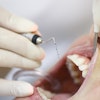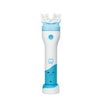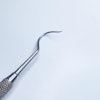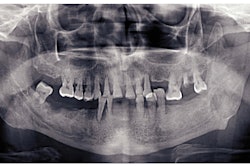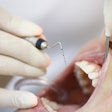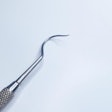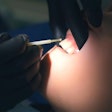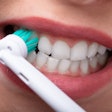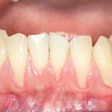Scientists at King’s College London (KCL) discovered that keratin -- a protein found in human hair, nails, and wool -- may protect and repair tooth enamel, which may be groundbreaking in the field of regenerative dentistry.
Keratin, a fibrous protein that contributes to healthy hair, skin, and nails, produces a protective shell that imitates the structure and function of natural enamel. Researchers hope to make a toothpaste or a gel infused with it available to the public in the next few years, according to university news published on August 13.
“Keratin offers a transformative alternative to current dental treatments,” Sara Gamea, PhD, a university researcher and first author of the study, said. “Not only is it sustainably sourced from biological waste materials like hair and skin, it also eliminates the need for traditional plastic resins, commonly used in restorative dentistry, which are toxic and less durable. Keratin also looks much more natural than these treatments, as it can more closely match the colour of the original tooth.”
In addition to being in the human body, keratin is found in the wool of sheep and the horns of rhinoceroses. Also, keratin is commonly used in products, including wound-healing applications and hair-smoothing treatments.
To examine the protein’s effect on teeth, the researchers extracted keratin from wool. When it was applied to tooth surfaces and encountered the minerals found in saliva, it formed an organized, crystal-like scaffold that emulated the structure and function of enamel. As time went on, the structure continued to attract calcium and phosphate ions, which led to the formation of a protective enamel-like shell around the tooth, according to the news.
Though fluoride toothpaste helps prevent tooth decay and slow enamel erosion, keratin-based treatments stopped it completely by creating a dense mineral layer that protects the tooth and closes exposed nerve channels that cause sensitivity, according to the researchers.
The researchers are now exploring pathways for keratin-based enamel regeneration to be delivered via toothpaste or as a professionally applied gel varnish for more targeted repair. These products could be available to the public within the next two to three years, according to the news article.
“We are entering an exciting era where biotechnology allows us to not just treat symptoms but restore biological function using the body’s own materials,” Dr. Sherif Elsharkawy, senior author and a consultant in prosthodontics at KCL, said in the article. “With further development and the right industry partnerships, we may soon be growing stronger, healthier smiles from something as simple as a haircut.”


